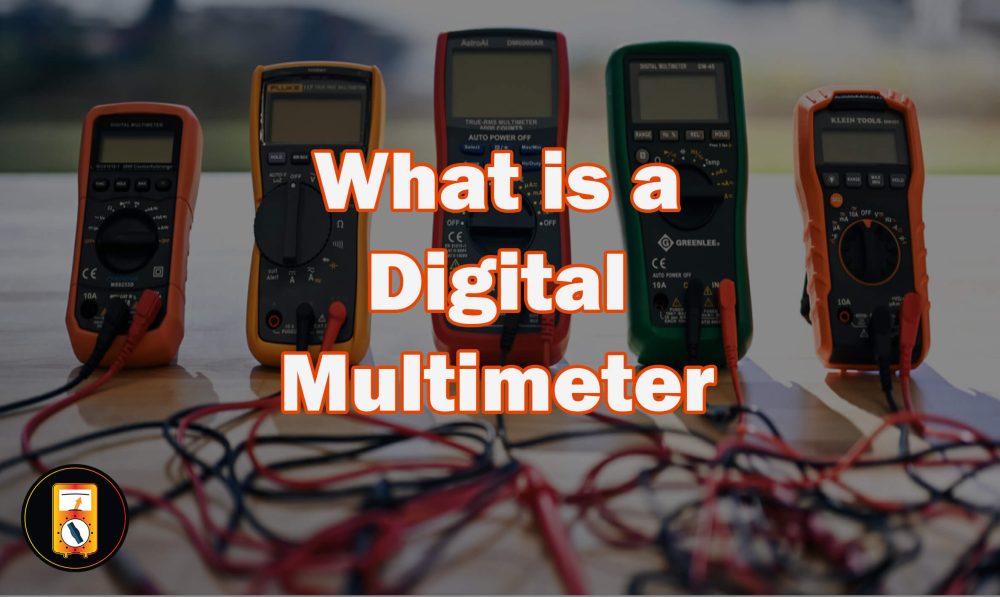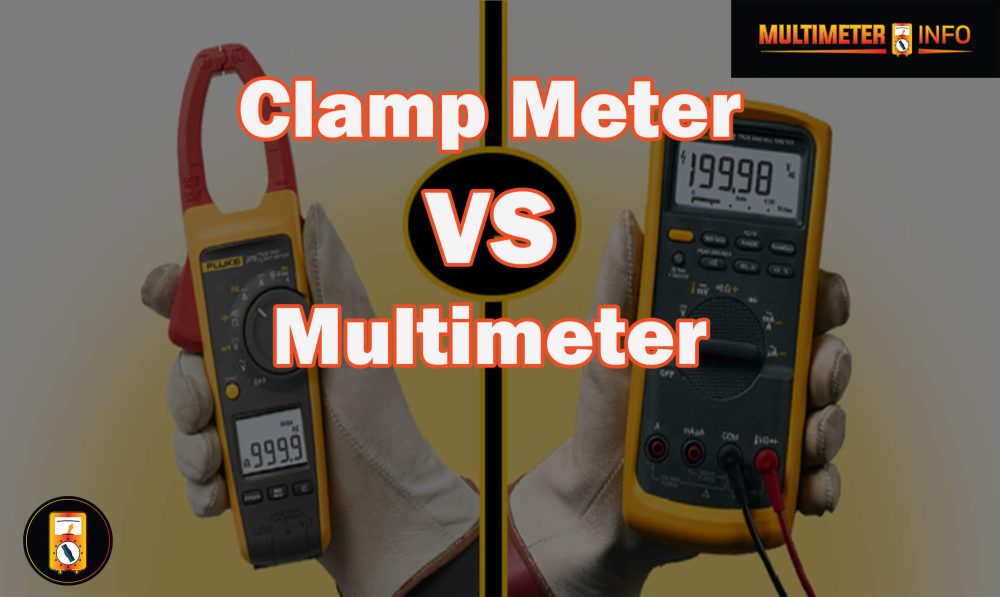Are you an electrician or DIY enthusiast who needs to understand the basics of True RMS? Well, understanding what it is and why it’s important are key components in ensuring a safe and effective electrical system. True Root Mean Square (True RMS) is a type of measurement used to indicate how much power is going through an electronic component or circuit. By taking into account the waveform shape, as well as voltage and current values, this type of measurement provides ultimate accuracy in determining your project’s success. In this post we will walk you through all there is to know about True RMS so that you can make informed decisions when tackling electrical projects!
How to calculate True RMS?
True RMS or root mean square, is a more accurate way of measuring AC (alternating current) waveforms than the average responding meter. Calculating True RMS requires a formula that takes into account not just the peak value of an AC waveform, but also its shape and complexity.
This formula can be used to take any non-sinusoidal waveform – such as a clipped sine wave or complex distorted waves – and accurately measure it. It’s important to note that while this calculation will work for any type of AC waveform, it may not always provide precise results when applied to pure sinusoidal waves since these tend to respond differently with standard averaging meters.
The equation used to calculate True RMS is usually expressed as follows:
RMS = Square Root of (Sum of the Squares of all Waveform Samples) / Number of Samples.
In other words, it’s a calculation that takes into account the root-mean-square deviation or magnitude of individual sample values in a waveform and then averages them to obtain an accurate result. In practical terms, this means you can take multiple samples from a waveform, calculate their root-mean-square deviation individually, and then add up those results to get one single value – the True RMS reading for that particular waveform.
By accurately measuring non-sinusoidal waves with True RMS, technicians have access to more precise readings which can be used to identify and address issues in waveforms. This data can ultimately help technicians better diagnose problems with the systems they are working on.
Benefits of using True RMS:
True RMS multimeters provide an accurate measurement of AC voltage and current. This is particularly important with devices that generate a lot of harmonic noise, such as power supplies or motor controllers. It also provides improved accuracy when measuring the output from non-linear loads such as switching power supplies, making it the best choice for industrial applications.
- Accurate Measurement of AC Voltage and Current: True RMS multimeters can provide more accurate readings than traditional meters, making them ideal for industrial applications.
- Improved Accuracy with Non-Linear Loads: True RMS multimeters can accurately measure distortion and phase angle which is necessary for troubleshooting complex circuits like communication systems.
- Lower Cost: The cost of a True RMS meter is often lower than other types of digital meters, making them appealing to DIY enthusiasts and hobbyists.
- Increased Safety: Since the voltages being measured may be higher than what a regular meter is designed to handle, using a True RMS meter ensures your safety while conducting tests or experiments.
- Durability: True RMS multimeters are typically more durable than regular meters, making them ideal for use in harsh industrial environments. They also often come with a variety of features such as remote testing capabilities and backlighting which can improve the user experience.
Overall, using a True RMS multimeter is an excellent choice for those looking for accuracy and durability when it comes to their measuring devices. Not only do they provide improved accuracy, but they also offer a lower cost and increased safety compared to other types of digital meters. All these factors make them the perfect choice for professional or hobbyist use.
How does a True-RMS Multimeter work?
True-RMS (Root Mean Square) multimeters are used to measure AC voltage, AC current, and resistance. Unlike standard multimeters, true-RMS meters measure the power of an alternating current waveform by calculating its root mean square value. This ensures that readings are accurate even when measuring non-sinusoidal waveforms such as those produced by a switching power supply or other high-frequency signals.
The core component of a True-RMS meter is an analog-to-digital converter (ADC). The ADC converts the incoming AC signal into a series of digital samples which can be used to calculate the RMS value of the signal. Generally speaking, the more samples taken by the ADC per second, the more accurate the RMS calculation will be.
The ADC samples the waveform, then the digital signal processor (DSP) of the meter analyses this data and computes the RMS value. It does this by calculating a running average of the waveform’s squared amplitude over time. This is then converted into meaningful values such as volts, amps, or ohms that appear on the display of the multimeter.
True-RMS meters are widely used in laboratories, engineering workshops, and other situations where highly accurate measurements are needed. They offer superior accuracy to standard multimeters when measuring complex waveforms and can often detect signals that would otherwise be missed by standard meters. As such, they are an essential tool for any engineer who needs to take accurate readings of AC signals.
Overall, understanding how a true-RMS multimeter works can help get the most out of this essential engineering tool. It enables engineers to measure complex waveforms accurately and with confidence, enabling them to make better decisions based on the data gathered from their measurements.
Frequently Asked Questions:
True RMS (root mean square) is a method of measuring AC current and voltage. The RMS value is more accurate than the average responding meter because it takes into account both peak values as well as the full waveform shape, including harmonic frequencies. Average responding meters only measure an averaged voltage or current over time, which can lead to inaccurate readings when there are distortions in the waveform.
True RMS makes measurements more reliable by taking into account all parts of the waveform – including those that may be distorted or contain harmonics – and calculating the root mean square value. This method is more accurate as it takes into account the true RMS value of a waveform and not just an average reading.
True RMS can be used to measure AC current and voltage in a wide range of applications, such as industrial processes, power generation, motors and drives, HVAC systems, electric vehicles, solar panels, and wind turbines. It is particularly useful for measuring non-linear loads or waveforms which contain distortion or harmonics – as these types of signals cannot accurately be measured with average responding meters.
Yes, for accurate True RMS measurements, special equipment is required. The most common type of equipment used for this purpose is an RMS digital multimeter (DMM). This device can measure both AC voltage and current using the True RMS method, allowing you to accurately measure non-linear loads or waveforms with distortions or harmonics present.
No, True RMS meters are not necessarily more expensive than average responding meters. Many True RMS Digital Multimeters(DMMs) are very affordable and provide higher accuracy readings compared to average responding meters. Additionally, the cost of ownership for a True RMS DMM can be lower in the long run since it will provide more reliable measurements over time.
Final Note:
True RMS (Root Mean Square) is an important measurement technique used to accurately measure the voltage and current of a waveform. It allows for accurate calculations in applications where standard arithmetic mean calculations are not sufficient, such as when measuring non-sinusoidal waveforms. True RMS measurements allow for more precise readings than other methods, making them invaluable for many types of electrical engineering projects.






